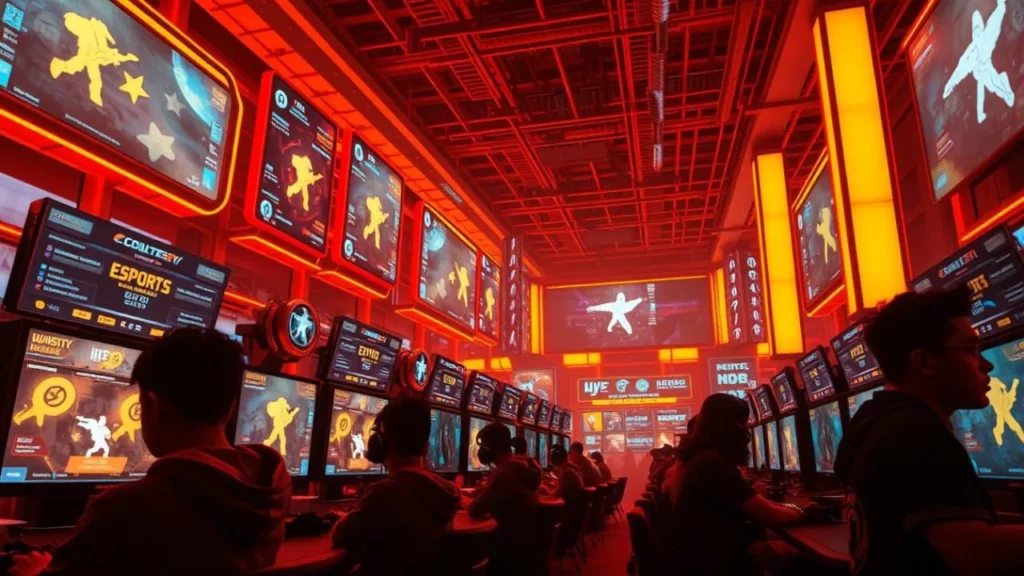A new study shows Gen Z is cutting back sharply on video game purchases, with spending falling much faster than in older age groups.
Gen Z Gaming Budgets Take a Major Hit

Data from research firm Circana, first reported by the Wall Street Journal, reveals that spending among 18-to-24-year-olds dropped by 13% from January to April 2025 compared to last year. Video game purchases saw the steepest decline, plunging nearly 25%.
By comparison, spending among older generations fell by less than 5% during the same period.
Harsh Economy Puts Pressure on Gen Z Players
Circana analyst Mat Piscatella highlighted the data on BlueSky, describing a “rug being burned” under young people. With a tough job market, student loan burdens, and rising living costs, gaming budgets are feeling the squeeze.
AAA games priced at $70 or even $80, plus increasingly expensive consoles and PC components, make it even harder for younger players to keep up with the latest releases.
Gen Z Still Makes Up a Big Slice of Gamers
Despite spending less, young people remain a significant part of the gaming audience. As of March 2025, 28% of all gamers are between 18 and 29 years old. Many are adjusting habits rather than quitting gaming entirely.
How Gen Z Is Adapting
Instead of shelling out for premium titles at launch, many younger players are:
- Turning to free-to-play games
- Picking up cheaper indie titles
- Waiting for heavy discounts during seasonal sales
- Playing older games with active communities
This shift keeps them engaged without draining their wallets.
“Friendslop” Games Rise in Popularity
One notable trend is the growth of low-cost, co-op focused “friendslop” games like Peak, Repo, and Lethal Company. Usually priced around $10 or less, these titles allow players to hang out, share laughs, and stay connected without leaving home.
They’re also light on hardware demands, making them accessible to those without high-end gaming rigs.
What This Means for the Industry
Historically, video games have leaned heavily on younger consumers, but these numbers suggest a change in purchasing power. Publishers banking on full-priced AAA releases may find themselves increasingly reliant on older demographics or forced to rethink monetization strategies.
If Gen Z continues to favor budget-friendly, social-first games, developers who adapt quickly could capture a loyal and growing audience.
Less Spending Doesn’t Mean Less Gaming
Gen Z’s love for gaming hasn’t faded, it’s just shifting focus. Whether through free titles, bargain bin finds, or affordable co-op experiences, younger gamers are finding ways to stay in the game without paying top dollar.
In a market where every dollar counts, creativity in both game design and pricing might be the only way to keep the next generation fully plugged in.













